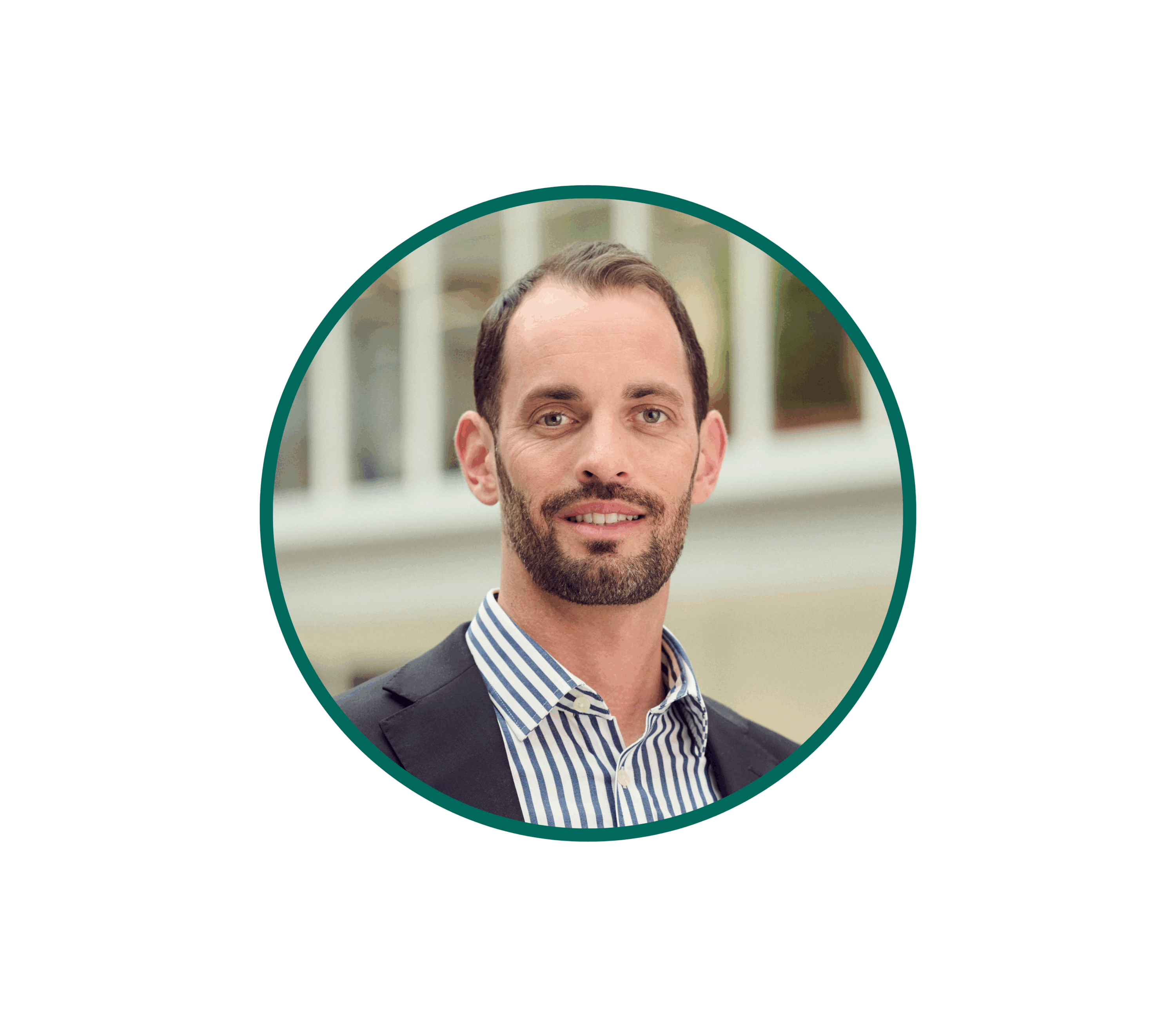.

Name: Cameron Talbot-Stern
Title: Director – Responsible Investing | Infrastructure
Organization: APG Asset Management
Topics of interest:
- Net zero (both asset decarbonization and climate solutions)
- Physical climate risk
- Linking sustainability strategies/initiatives to value preservation/creation
.
What motivated you to join the GRESB Foundation Board?
I’m passionate about ESG in the built environment and believe that advancing sustainability requires a global and collaborative effort, something the GRESB Foundation Board (as owner of the GRESB Standards) is uniquely positioned to facilitate and support. My motivation to join the Board stems from a desire to help shape globally relevant and market-leading ESG standards across various real asset types, thereby ensuring transparency, engagement, and therefore meaningful outcomes for all stakeholders.
I have over 15 years of experience at the intersection of sustainability and the built environment (real assets), and this spans design, consulting, asset operations, and institutional investment. Therefore, I bring a holistic, end-to-end perspective on ESG implementation. My background includes work across six continents and multiple asset classes with a more recent focus on infrastructure. I’ve also had a long and collaborative relationship with GRESB, from use of their products to serving on the older Infrastructure Advisory Board to serving on various infrastructure-focused net-zero working groups, and I see the Foundation Board as a natural next step.
How does your organization view sustainability and what is your organization’s approach to responsible investing?
APG Asset Management, managing EUR 616 billion in assets as of 2024, integrates sustainability deeply into its investment strategy to ensure long-term value for Dutch pension fund participants. Its approach balances long-term performance, prudent risk management, and cost efficiency, with sustainability as a core pillar. Responsible Investment (RI) is embedded across all levels of the organization, guided by international standards, like the UN Global Compact. ESG factors are integrated into risk analyses, and APG actively engages with companies to promote responsible practices.
Through a structured fiduciary model, comprising fiduciary management, portfolio management, and risk management, APG ensures investments align with client mandates and sustainability goals. Stewardship plays a key role, with active voting and engagement on issues like climate action, biodiversity, human rights, and corporate governance.
How does your organization use GRESB and its data?
APG was one of the co-founders of GRESB in 2009 and since this time has held various governance positions on the Foundation Board, Infrastructure Standards Committee, and Real Estate Standards Committee.
For infrastructure, APG has strived to increase both GRESB portfolio participation and scores. Since the inception of the GRESB Infrastructure Assessment in 2016 to now (2024), our coverage has increased from 39% to 94% (whilst our portfolio has also tripled in size), and we have increased our NAV-weighted score from 39 to 91.
At a high level, we use GRESB Scores as a proxy for ESG integration and peer comparisons to help us benchmark our portfolio companies against those in the GRESB universe. GRESB also serves as a holistic starting point for portfolio companies to understand where to focus and improve across the various ESG components. The underlying raw data collected through the survey is also becoming more and more important (i.e., performance-based metrics). APG uses this underlying data in a variety of ways, and a few of these include calculating our portfolio annual CO₂e footprint, determining alignment with IIGCC’s Net-Zero Investment Framework, feeding into SFDR and EU Taxonomy regulatory reporting, and linking to our second-line ESG risk monitoring tool.
In brief, can you tell us where you think sustainability needs to go in the future and what role organizations like GRESB will play?
The future of sustainability lies in fully integrating ESG into investment strategies and decisions—not merely as a compliance or risk exercise, but as a driver of long-term value preservation and value creation.This means aligning financial performance with environmental and social impact, using ESG data to guide decisions and engagements, and evolving frameworks like GRESB to reflect the constantly changing ESG landscape (yet at the same time keeping surveys nimble enough to encourage increased asset participation). In the shorter term, there might be an increased focus on some of the more environmental aspects that need immediate action and are easier to link to value preservation/creation; this specifically includes net zero, physical climate risk, and biodiversity.
.